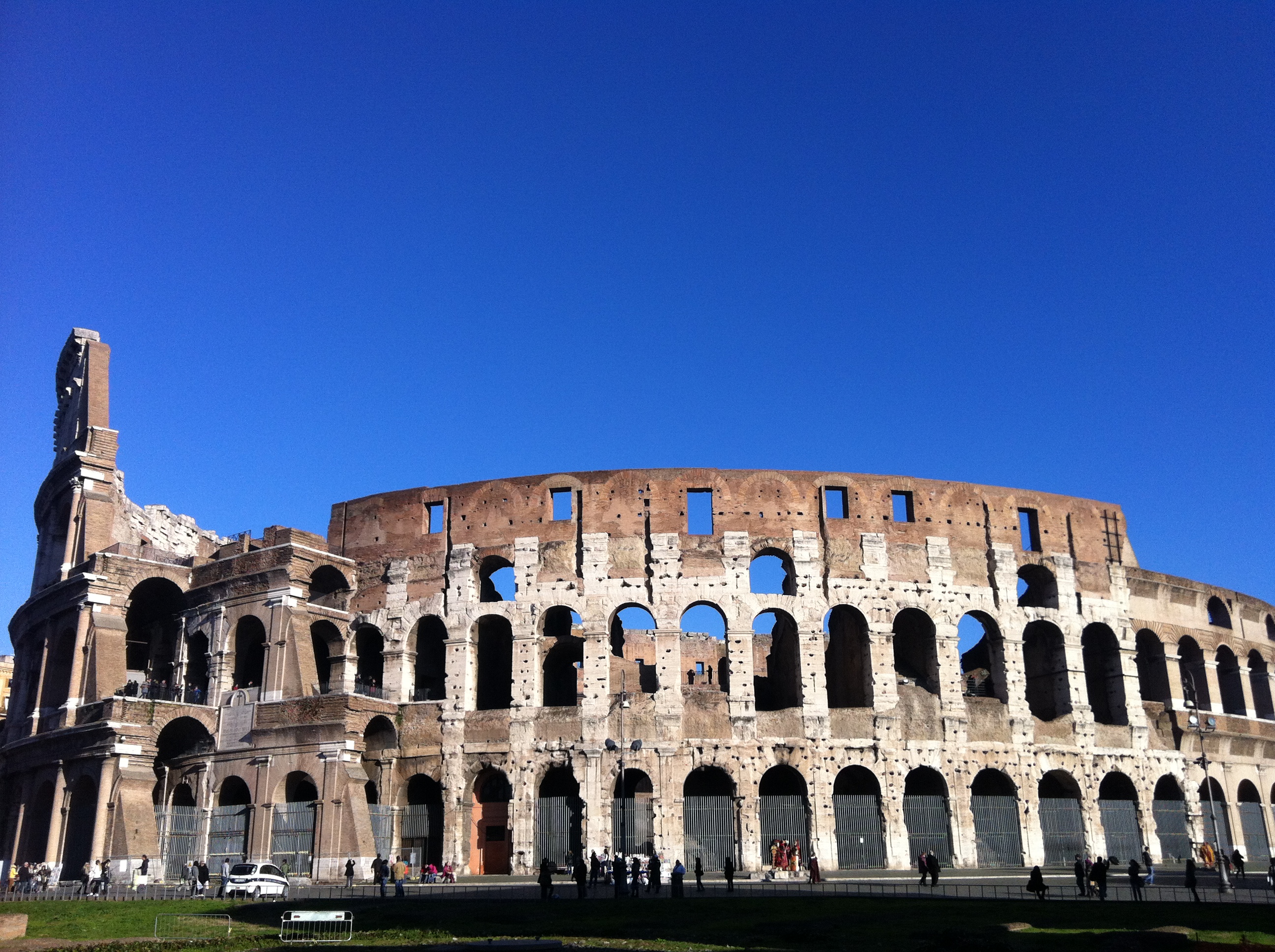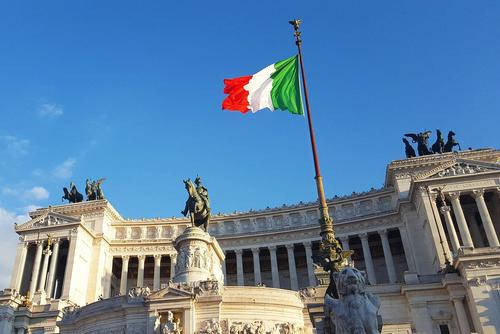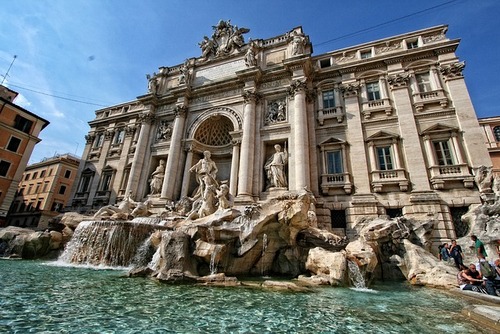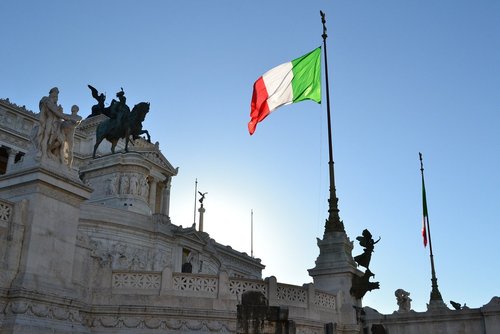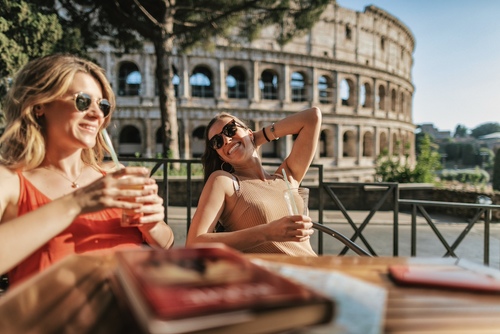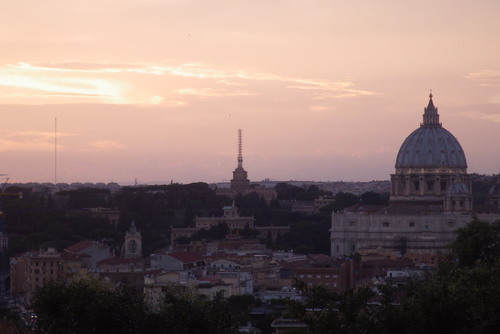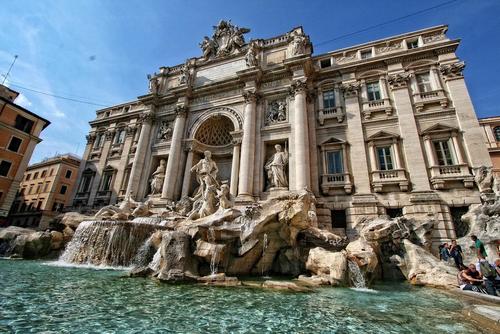Our travel writer Hayley Bateman went to Rome ast summer and has written this useful guide packed full of tips and advice.
Rome in Summer - Can You Handle The Heat?
Most guidebooks and travel companies warn against Rome in August as the heat is intense and it is impossible to avoid the long hours of sunlight.
A recurring theme within travel literature states that even Romans cannot handle the city in the summer, with many of them closing shops and businesses and departing to coastal regions. The words conjure images of a deserted ghost town; not the most inspiring metaphor for a holiday destination.
It is advised to visit Rome in spring or early autumn, with temperatures averaging 23 degrees centigrade in May and 22 degrees in October. However, Lonely Planet’s 1000 Ultimate Experiences places the Roman summer at number 253, stating that ‘this is when Rome is most vibrant, with life spilling onto the streets and open air festivals in abundance’.
This is the side of Rome that travellers want to experience, but does the 30 degree heat affect tourism?
Arrival
Driving into Rome from the airport, it soon becomes clear that this is no abandoned city. The roads are crammed with cars, buses and mopeds, and every shop, bar and hotel appears to be open.
Various travel guides state that the temperature at this time of year means tourist numbers will be low, reducing crowding within the main attractions.
However, this is not necessarily the case; the eternal city is a must on many travel agendas, and if the queues outside the Vatican and the Coliseum are anything to go by, it would appear that the heat does little to dissuade visitors.
Attractions
And there are good reasons why Rome is so popular. The ruins of the Roman Empire combined with ancient religious artefacts make Rome one of the most unique and awe inspiring cities in the world.
There is often juxtaposition between the old and new; you can visit a gelateria playing the very latest in modern music, and then turn a corner to find a traditional café, set in a red brick building covered in vines. The architecture is next to none; whether you are looking for it or not, there is always a beautiful building or ancient relic that will catch your eye.
To my mind there are three stand out attractions; the Coliseum, the Pantheon and the Vatican. Approaching all three of these monuments is surreal, and with them comes the feeling of being transported back in time or onto a film set. It’s worth paying a few extra euros for the audio guide at the Coliseum; it really captures the atmosphere through gory descriptions of the fights and how the audience reacted to the gladiators.
However in summer it is best to avoid visiting in the middle of the day; the exposed nature of the building means that there is little shade and nowhere to escape the relentless heat.
I would recommend visiting the Pantheon before the Vatican, but only so you can truly appreciate it. The beauty of the Pantheon could be overshadowed by that of the Vatican, and it is an amazing building in its own right, built nearly two thousand years ago and featuring the world’s largest unreinforced dome as its ceiling.
The Tazza d’Oro is a great traditional coffee house just to the left of the Pantheon. Founded in 1946, it roasts its own coffee from Italian methods and it is an ideal place to cool down with a frappe.
Sightseeing Tips
To enter St Peter’s Basilica in Vatican City, visitors must dress modestly, covering the shoulders and legs below the knee.
This is not a tempting prospect in 30 degree heat, but use this to your advantage. Instead of waiting in long queues in the midday sun, get there early and take the opportunity to watch the sun rise over the Tiber. The Basilica opens at 7am; there are generally no queues and you can go straight to the top of the Cupola for some amazing views over the city.
You can then visit the Vatican museums and the Sistine Chapel; walk along endless corridors of paintings by Raphael, until you reach the celebrated works of Michelangelo.
The chapel ceiling took four years to paint, and the intricate details within the artwork speak for themselves. To escape the heat (and add some variety!), it’s worth visiting the Keats-Shelley Memorial House, just off the Spanish Steps in the Piazza di Spagna. It is where the Romantic poet John Keats lived until his death from tuberculosis in 1821, and has been turned into a museum honouring his life.
Evening Entertainment
Summer evenings are busy and vibrant. We met up with friends in Trastevere, a lively up and coming suburb easily accessible by tram. The area is known for its restaurants, bars and nightlife, and it doesn’t disappoint.
The centrepiece is Santa Maria de Trastavere, a square featuring a church, fountain and countless street performers. Leading off this are small side streets made up of traditional buildings, which are transformed into numerous restaurants serving authentic Italian cuisine, and open air bars providing local beers and cocktails.
These restaurants offer great al fresco dining, but it’s worth remembering that it can get very warm outside in the evenings because of the narrow streets and tall buildings.
To Visit Rome in Summer or Not?
In summary, choosing whether to visit Rome in the summer months comes down to personal preference.
Whilst the heat is not always bearable, it provides a convenient excuse to eat endless gelato or spend hours in the air conditioned shopping districts. And even though the majority of the sights are outside, there is always a museum or art gallery for some respite.
If I were to return to the city, I would go during the cooler months…but only because it was too hot to get a sun tan.
By Hayley Bateman
Related Pages

